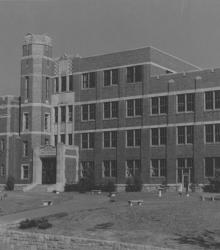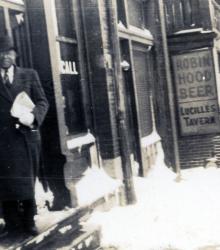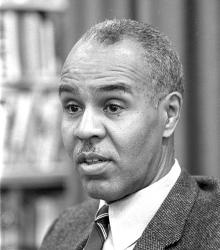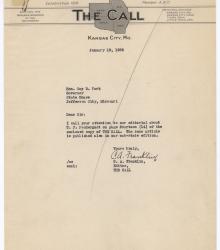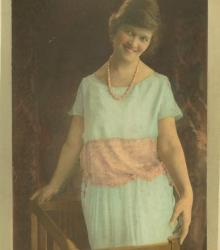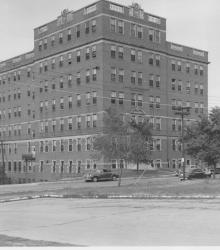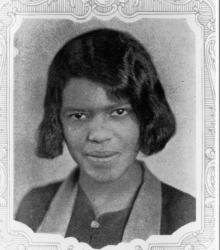“The black schools [in Kansas City] were much better than they had any right to be, partly because they were full of talented teachers who would have been teaching in college had they been white, and partly because Negro parents and children simply refused to be licked by segregation.” Then-reporter Roy Wilkins’s statement about education in the Kansas City area aptly summarizes the unjust obstacles that segregation created for black students, their parents, and educators at the segregated schools of Kansas City.
The Call
The first edition of the Kansas City Call or The Call, was published on May 6, 1919. It was one of 22 newspapers published by Kansas City’s African American community near the beginning of the 20th century, but the only one that survived past 1943. Starting as an inauspicious four-page paper, the paper soon grew to one of the most successful black newspapers in the nation.
On August 30, 1901, Roy Wilkins was born in St. Louis, Missouri. From a modest background, Wilkins would go on to graduate from the University of Minnesota, become the editor of The Call newspaper, and lead the National Association for the Advancement of Colored People (NAACP) for more than two decades at the height of the civil rights movement.
Letter from Chester Franklin, editor of "The Call" calling his attention to an enclosed article about Tom Pendergast.
Ada Crogman's father, one of the distinguished scholars of the African American race, was professor of Latin and Greek at Clark University for 37 years and then became the first African American president of Clark, serving for seven years. Mrs. Franklin, along with her two sisters and five brothers, grew up on the Clark University campus. She became nationally known for her production, "Milestones of a Race," which was presented in cities throughout the country. She married Chester Arthur Franklin, owner of The Call newspaper, in 1925 and began to devote her talent and her interest to the paper and the Kansas City community.
"They did not try to build something ‘good enough for Negroes’ but something as good as money could buy." This is how Chester Arthur Franklin, the Republican founder of The Call newspaper and one of Kansas City’s most prominent black leaders, greeted the newly constructed eight-story building that housed General Hospital No. 2, serving the indigent African American population of Kansas City.
This essay analyzes Bluford’s initial reporting on her effort to enter MU, her commentary on her failed civil lawsuit in May 1942, and the announcement of the newspaper’s fundraising campaign for African American education in the same month. The facts of Bluford’s three-year crusade to enroll at MU are known: she repeatedly tried to enroll at the university and pursued three lawsuits, losing the last one in April 1942. The fact that she and The Call collaborated to influence readers’ responses to the quest for African American educational rights has not been acknowledged or analyzed.
